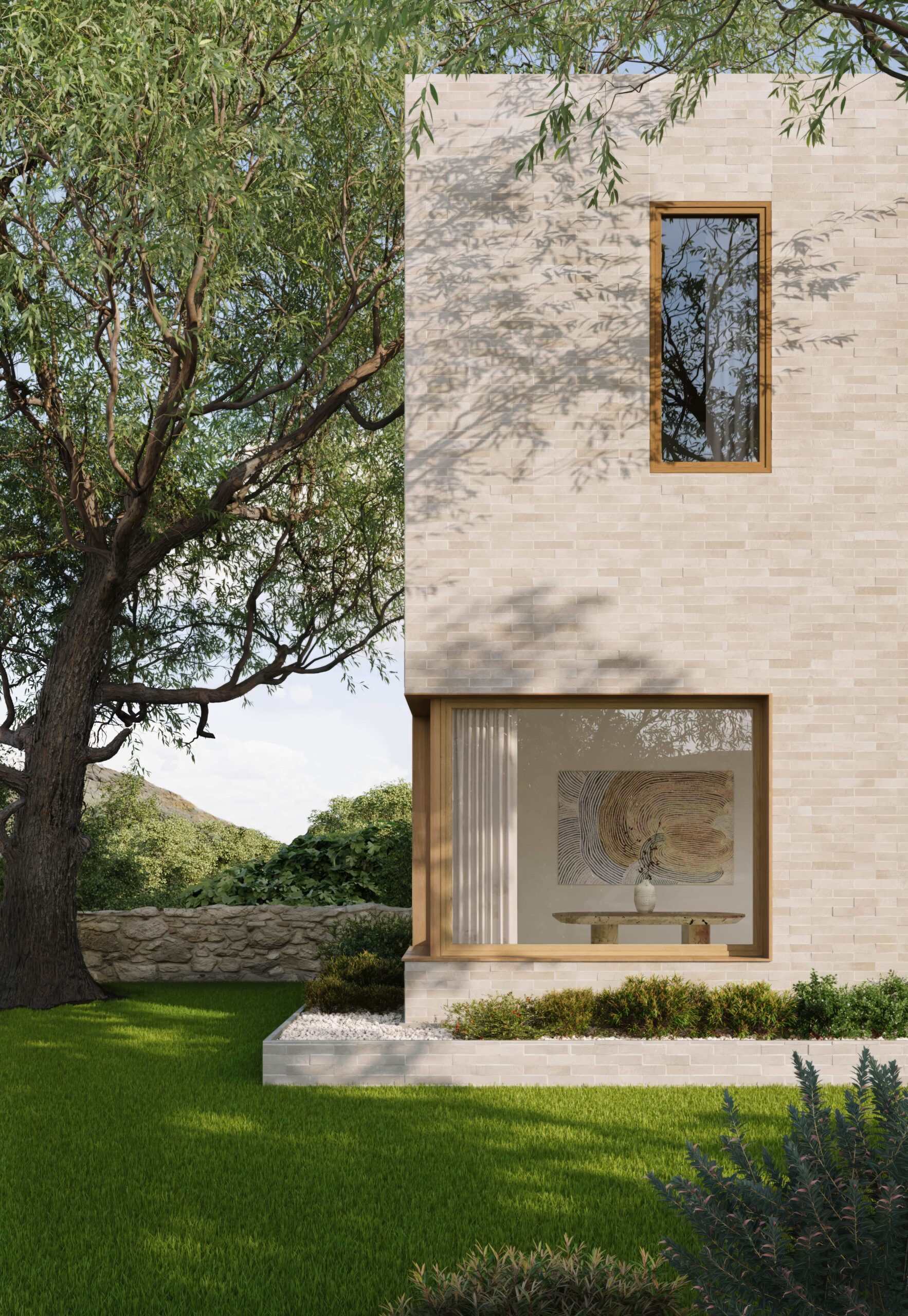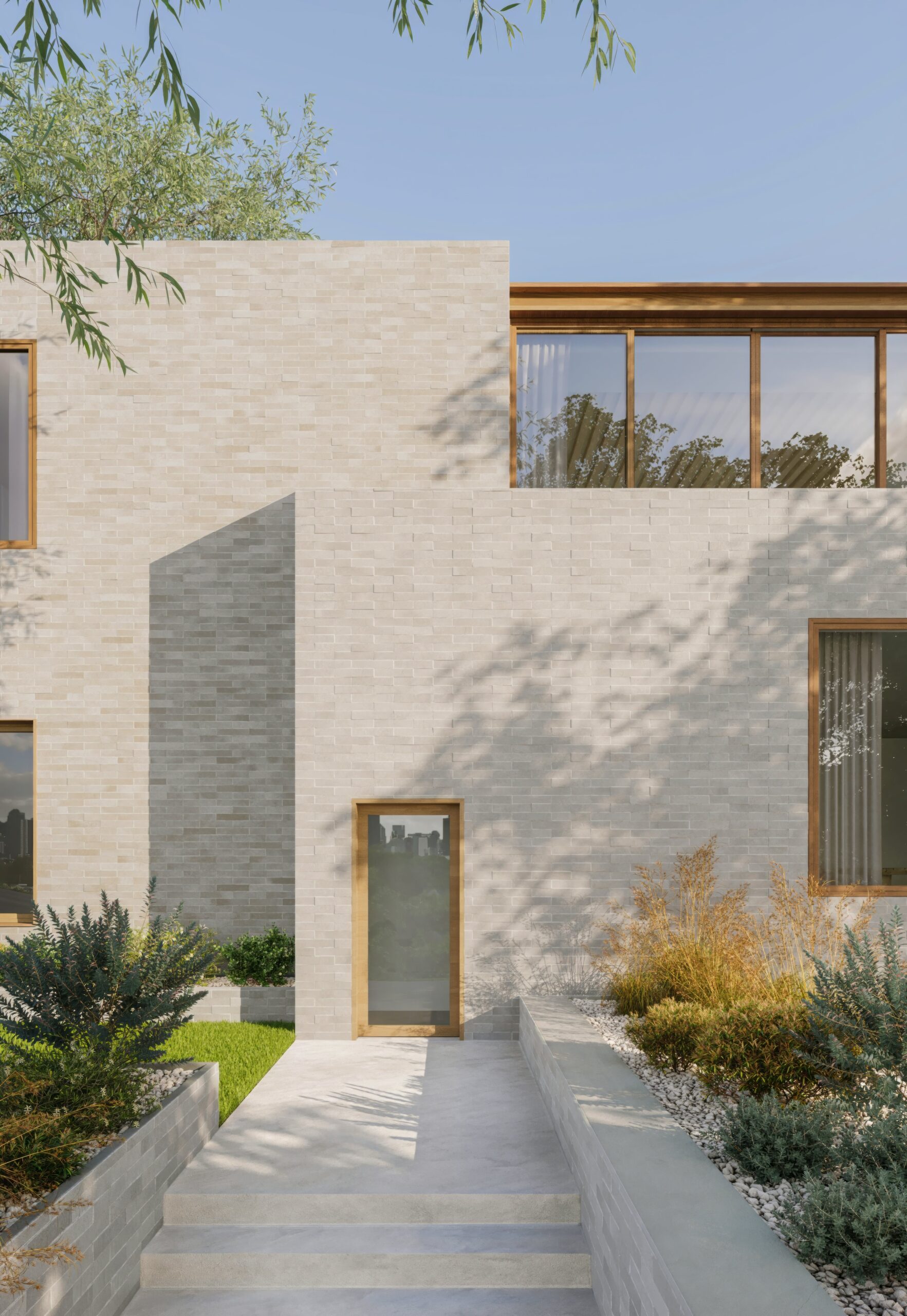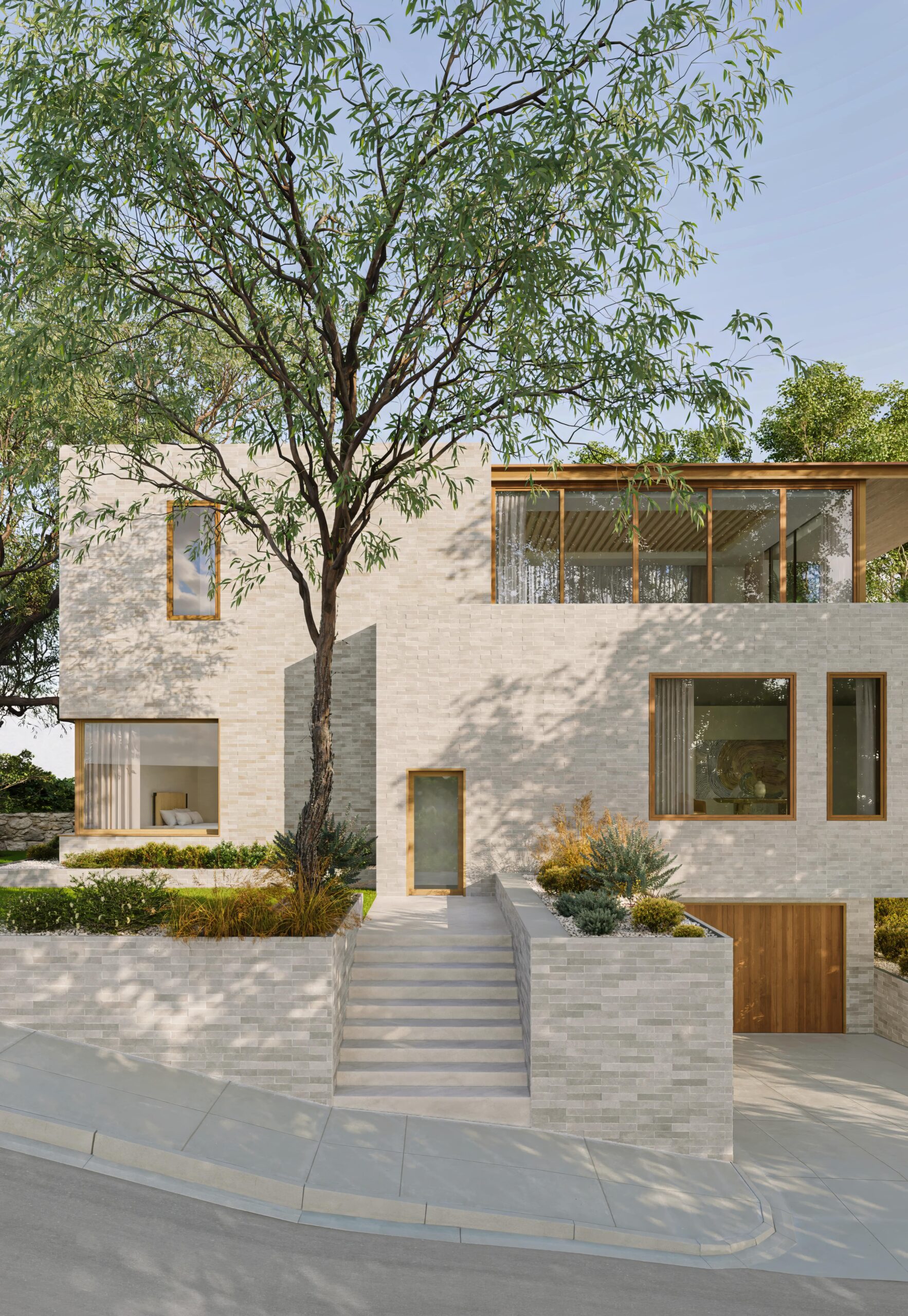3D rendering is an essential tool that provides a detailed, realistic representation of a space before it’s built. Visualization helps clients envision the final design in a digital format, making it easier for them to understand the spatial layout, lighting, textures, and colors.
This visual clarity often prevents misunderstandings or changes during the construction process, saving time and, of course, money!
What is 3D Rendering in the Real Estate Industry?
3D rendering in real estate is a specialized digital technology that creates highly realistic, computer-generated images of properties. These renderings can depict a property in various stages—from conceptual designs and under-construction views to finished spaces. For the real estate industry, 3D rendering serves as a powerful marketing and visualization tool, allowing agents, developers, and architects to showcase properties in vivid detail, even before they’re built or completed.
Using 3D rendering, professionals can highlight the best features of a property, demonstrate potential design options, and present realistic layouts. This approach is especially helpful for properties that are under construction or in the planning phase, as it gives potential buyers and investors a clear, immersive preview. In resale scenarios, 3D rendering can also enhance the appeal of a property by allowing prospective buyers to visualize it fully furnished and optimized.
Overall, 3D rendering in real estate helps realtors and developers engage buyers by providing a life-like preview of properties, ultimately increasing a property’s marketability and speeding up the sales process.







